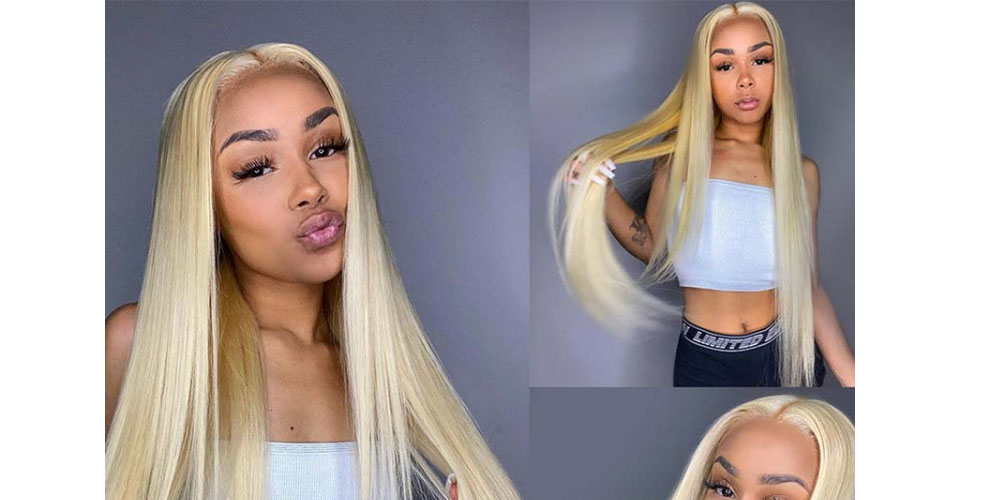Whether full lace or frontal lace wigs, every wig in the market comes with a wig cap where all the hair strands are sewn in. In most cases, the wig cap and the attached lace come in one color. However, when buying, you can have it customized, which is bleached to match the color of your scalp and give an illusion of your natural hairline, like the blonde lace front wig. Wigs vary based on type, and so are the lace materials used. In this write-up, we highlight the materials used to make lace wig caps.
Ideal Materials for Making a Lace Wig Cap
Some materials are more common than others; however, they all function as desired and give the wig its natural look. They include;
1. Swiss Lace
It is the most popular type of lace used on most human hair wigs. It is ideal for use on the front part of the wig or the entire wig base in a full lace wig. Manufacturers love it because it can blend in well with the skin, making it challenging to identify. The lace is breathable, allowing unrestricted airflow beneath the wig, keeping your head cool. The lace appears to be finer than others; however, it is more delicate; hence it should be handled carefully.
2. French Lace
It’s also an exquisite lace and can be used on the wig’s front hairline and the entire wig to form its base. Like the swiss lace, you can hardly recognize it, and it is perfect for disguising the hairline as yours. The lace is constructed in a way that lets in enough air through it preventing too much heat in your head, which causes discomfort. One significant advantage of French lace is that it’s durable. Unlike the swiss lace, this one is firm and is an excellent option for beginners. Combing or brushing through it is easy since it’s more secure.
3. Stretchy lace
The lace ensures the wig cap fits any head size safely. Some people have a cast of their head made which is then used to customize their wigs. However, in case of wrong measurements, the stretch lace comes in handy. It is placed on the lace wig cap ears or crown, ensuring maximum comfort while wearing. The rest of the wig cap is made using French or swiss lace, depending on what the designer wants.
4. Monofilament
These wig caps are made of different mesh materials like polyester and nylon, usually placed in the crown area. The materials are thin and assume the color of the wearer’s scalp. They are ideal for those with sensitive skin or who have suffered total hair loss.
5. Thin Skin
It is used both at the front and the base of the wig. Using the loop technique, the material is hand ventilated, making the hair seem like it’s growing directly from your scalp. However, its breathability levels are low compared to other materials.
Conclusion
Lace wig caps are an essential part of any human hair wig. They are made of different materials to fit the wigs. It’s vital to know what material has been used if you have sensitive skin or breathability is top on your list.
